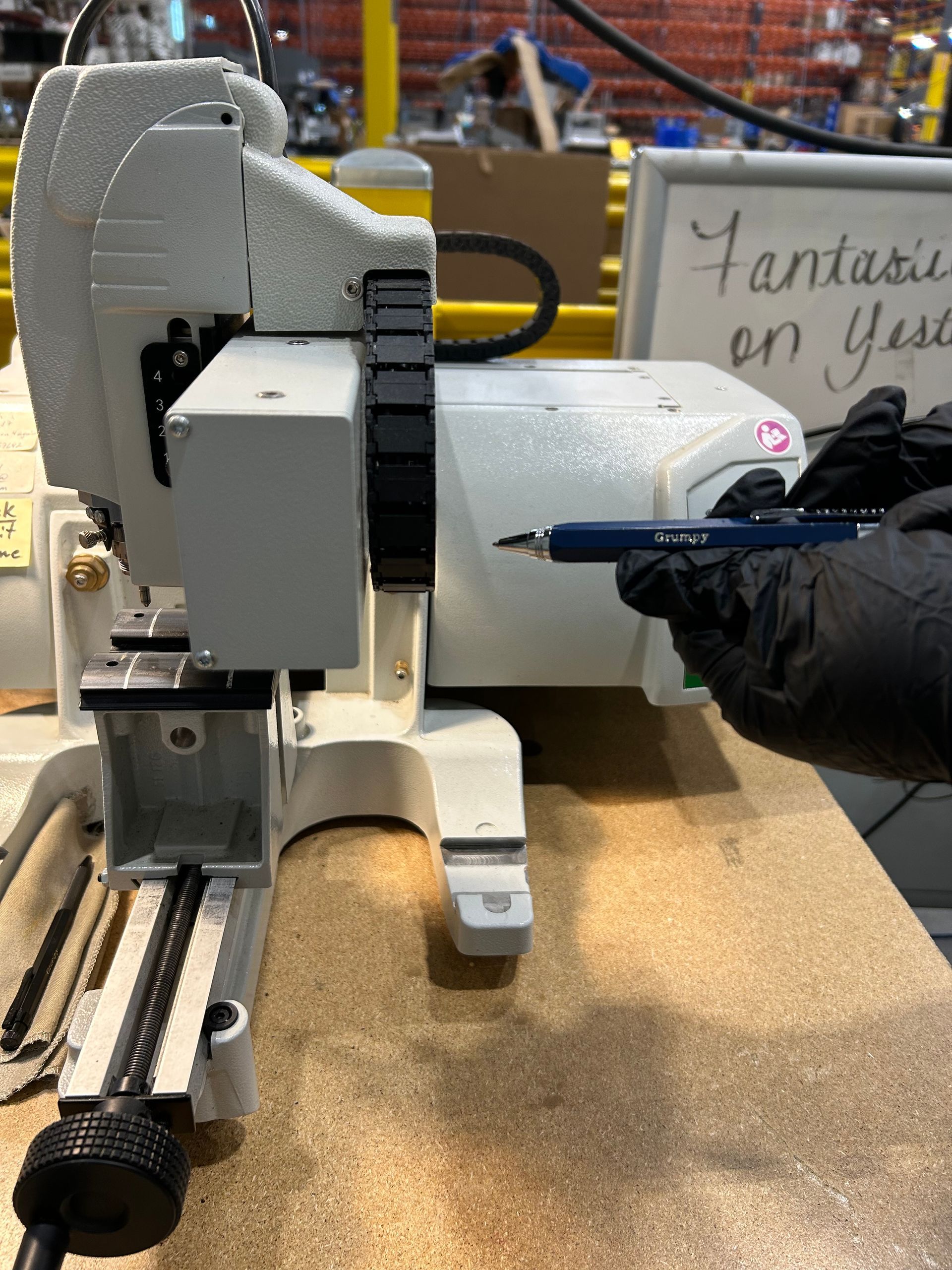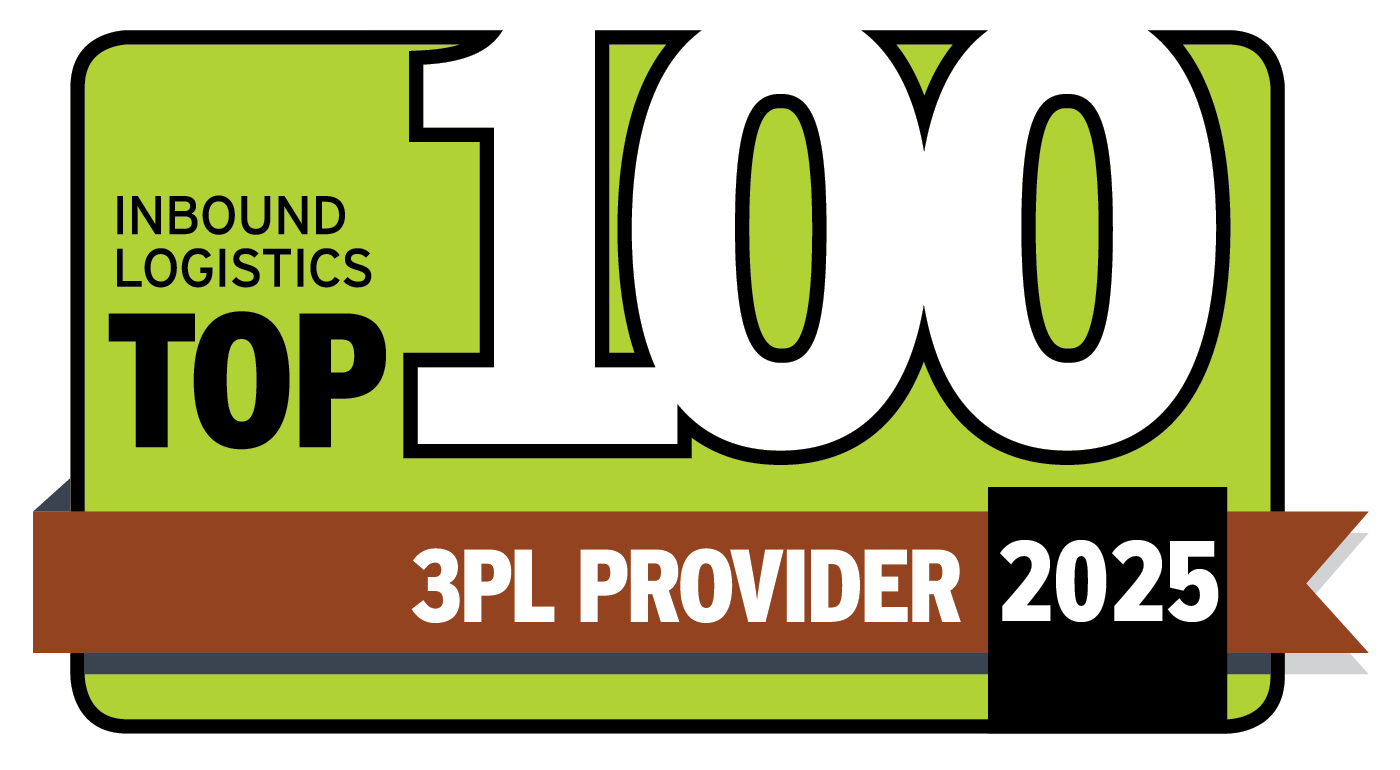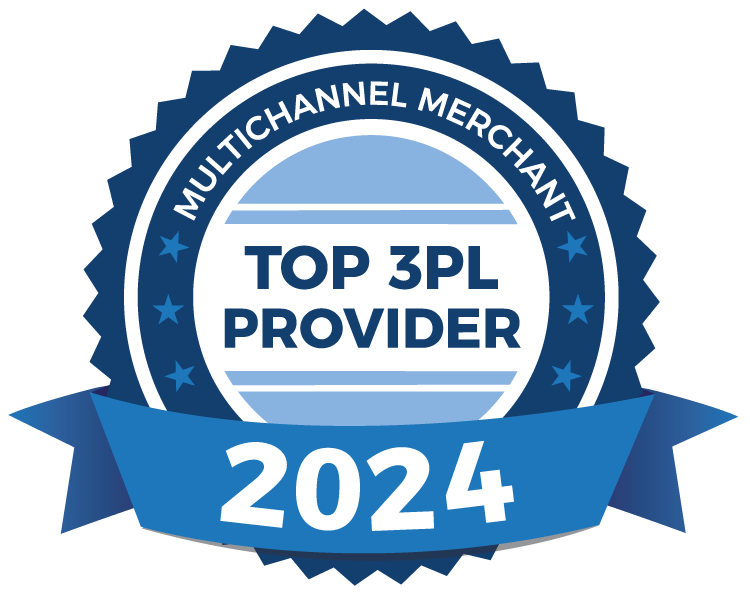Best 3PL Fulfillment Services in 2025
Spoiler alert: Your customers don’t care how the package gets there.
They just expect it to be fast, accurate and on-brand. That’s where the right 3PL comes in—handling everything from fulfillment and inventory management to returns and tech integration.
So, what happens when you partner with a “forever 3PL”? Your operations run smoother, costs go down and growth gets easier across every sales channel. At Barrett Distribution Centers, we’ve supported high-performance brands for decades. Below, we break down the key features and differentiators to consider when evaluating fulfillment partners in 2025.
A Smarter Approach to Omnichannel Fulfillment
A successful omnichannel fulfillment strategy means your customers get a consistent experience—whether they’re shopping online, in-store or picking up curbside. For your operations team, it should mean:
- Faster shipping speeds
- Real-time inventory visibility
- Brand consistency across channels
Top 3PLs don’t just preach omnichannel, they deliver it through strategically placed fulfillment centers, intelligent routing and scalable tech infrastructure. At Barrett, we operate a national network of fulfillment campuses that allow for multi-node shipping, optimizing delivery speed based on where your customers are.
Some providers may promise omnichannel but only operate from a single location—leading to longer delivery times or inventory challenges. Brands that are growing fast or expanding into new channels often need more than just a one-warehouse solution.
Customer Support and Returns: Not All 3PLs Are Created Equal
While many 3PLs offer similar fulfillment services, customer support is often the differentiator. Personalized support can make or break your experience, especially during onboarding, peak season or troubleshooting unexpected issues.
Support levels vary by provider:
- Tier 1 providers like Barrett offer dedicated account managers who know your business and provide hands-on support throughout onboarding and daily operations.
- Tier 2 options rely on shared support models like live chat or automated help desks.
- Tier 3 providers offer ticket-based systems with slower response times, often with minimal brand familiarity.
When it comes to returns management, here’s how it breaks down:
- Tier 1: Advanced returns systems that sync with your inventory and automate refund triggers.
- Tier 2: Branded return portals with restocking or disposal features.
- Tier 3: Basic returns that return to a warehouse with limited tracking or communication.
Not every business needs Tier 1 support, but if your fulfillment strategy depends on speed, customization or customer satisfaction, then this should be a non-negotiable.
Tech Matters: OMS and WMS Capabilities
The right 3PL gives you more than storage; they give you control. A strong order management system (OMS) and warehouse management system (WMS) ensures your team can monitor inventory, manage sales channels and fulfill orders quickly and accurately.
A reliable tech stack includes:
- Sales channel integration that captures orders from your website, social media and retail locations
- An OMS that routes orders and manages updates
- A WMS that locates products, coordinates labor and tracks every step of the fulfillment process
While most 3PLs provide an OMS, not all offer a full WMS. Barrett’s technology ecosystem includes both, giving you the visibility and precision to scale smarter.
The Bottom Line
Choosing the right 3PL isn’t just about cost but partnership. Your fulfillment provider should scale with you, solve for complexity and offer proactive service that keeps your operations running smoothly.
At Barrett, we’ve been doing just that for over 80+ years. Let's talk if you’re outgrowing your current 3PL or want to explore what a “forever 3PL” partnership looks like.
Contact us to connect with our supply chain experts for a complimentary consultation.
Recent Blog Posts








